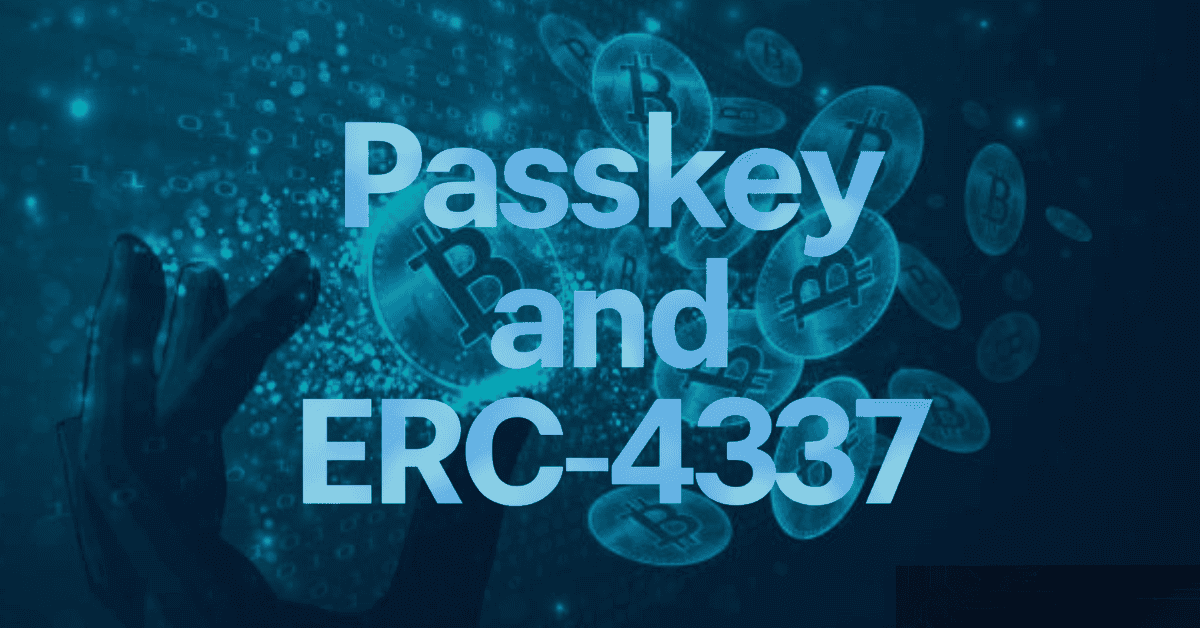
Passkey and ERC-4337: Enhanced Security for Crypto Wallets
1. Introduction to Passkey and Smart Contract Wallet
Passkey, a passwordless authentication method, is becoming an increasingly effective security solution in crypto applications. Integrated into major exchanges like Binance and Coinbase, passkey not only provides convenience but also helps protect accounts from threats. One of the strongest applications of passkey is in smart contract wallets, particularly on the Ethereum platform, where Account Abstraction technology and the ERC-4337 standard offer opportunities for enhanced security and automation.
2. The Origins and Emergence of Smart Contract Wallets
Before smart contract wallets, Ethereum used Externally Owned Accounts (EOA) to manage assets. However, EOA wallets rely on private key management, which presents significant security challenges. Losing a private key could result in the permanent loss of assets with no way to recover them. Smart contract wallets were developed to address these issues by using smart contracts to automate processes and enhance security.
3. Account Abstraction and ERC-4337: The Foundation for Passkey
Account Abstraction helps separate the way accounts function, improving both flexibility and security. On Ethereum, Account Abstraction enables EOA accounts to become Contract Accounts, thus allowing the integration of features such as passkey and multi-factor authentication (MFA). ERC-4337, a standard that supports Account Abstraction without altering the core mechanisms of Ethereum, enhances authentication and account recovery capabilities.
4. Integrating Passkey into Smart Contract Wallets
ERC-4337 creates an ideal environment for passkey to be used as the primary authentication method in smart contract wallets. This not only enhances security but also automates transactions without compromising user experience. Passkey ensures that only valid transactions are executed by using P256 signatures to verify identity.
5. Passkey Integration Process and Challenges
Integrating passkey into Ethereum applications via ERC-4337 involves two main steps: user authentication through passkey and setting up a smart contract wallet capable of verifying passkey. While passkey offers security and convenience benefits, the implementation faces challenges such as high development costs and the need for device compatibility with WebAuthn-supported devices.